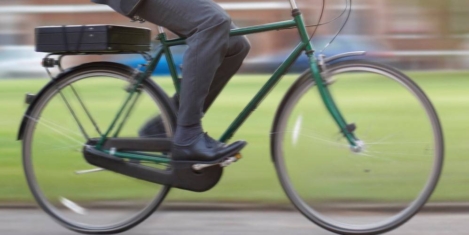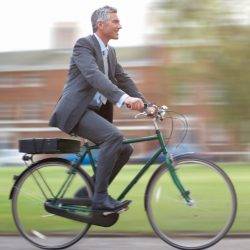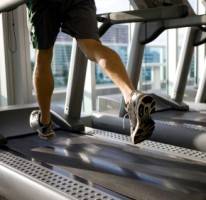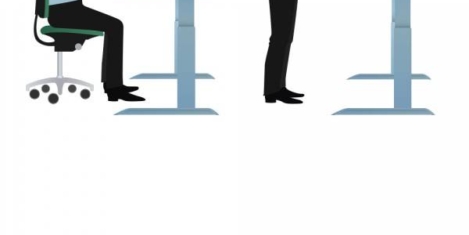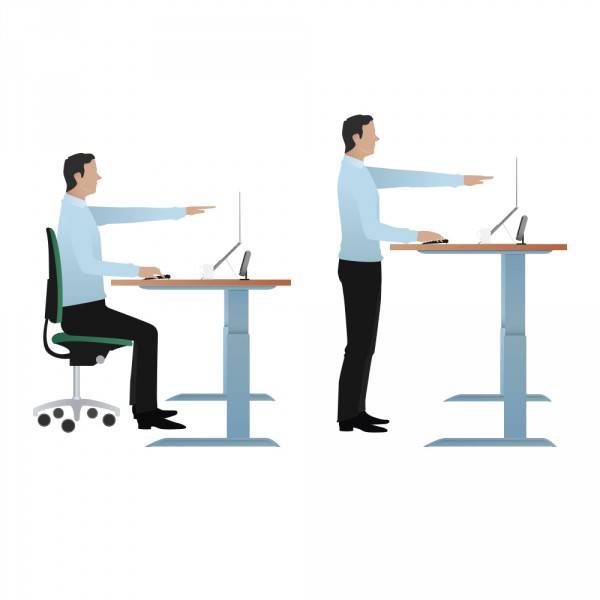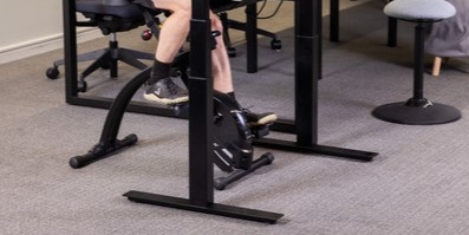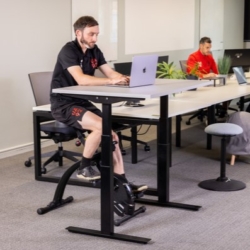March 26, 2019
Over one in ten deaths linked to sedentary office life
 Sedentary office life which involves sitting down for at least six hours a day contributes to tens of thousands of people dying every year and costs the NHS £700 million each year, according to a new study in the Journal of Epidemiology and Community Health. Researchers used previous analyses of the increased risks of heart disease, diabetes and cancer that have been associated with extended periods of inactivity. According to this meta-analysis, about a third of British adults spend more than six hours sedentary each day and almost 70,000 deaths a year in Britain – over one in ten of total deaths – could be attributed in some degree to the behaviour. More →
Sedentary office life which involves sitting down for at least six hours a day contributes to tens of thousands of people dying every year and costs the NHS £700 million each year, according to a new study in the Journal of Epidemiology and Community Health. Researchers used previous analyses of the increased risks of heart disease, diabetes and cancer that have been associated with extended periods of inactivity. According to this meta-analysis, about a third of British adults spend more than six hours sedentary each day and almost 70,000 deaths a year in Britain – over one in ten of total deaths – could be attributed in some degree to the behaviour. More →




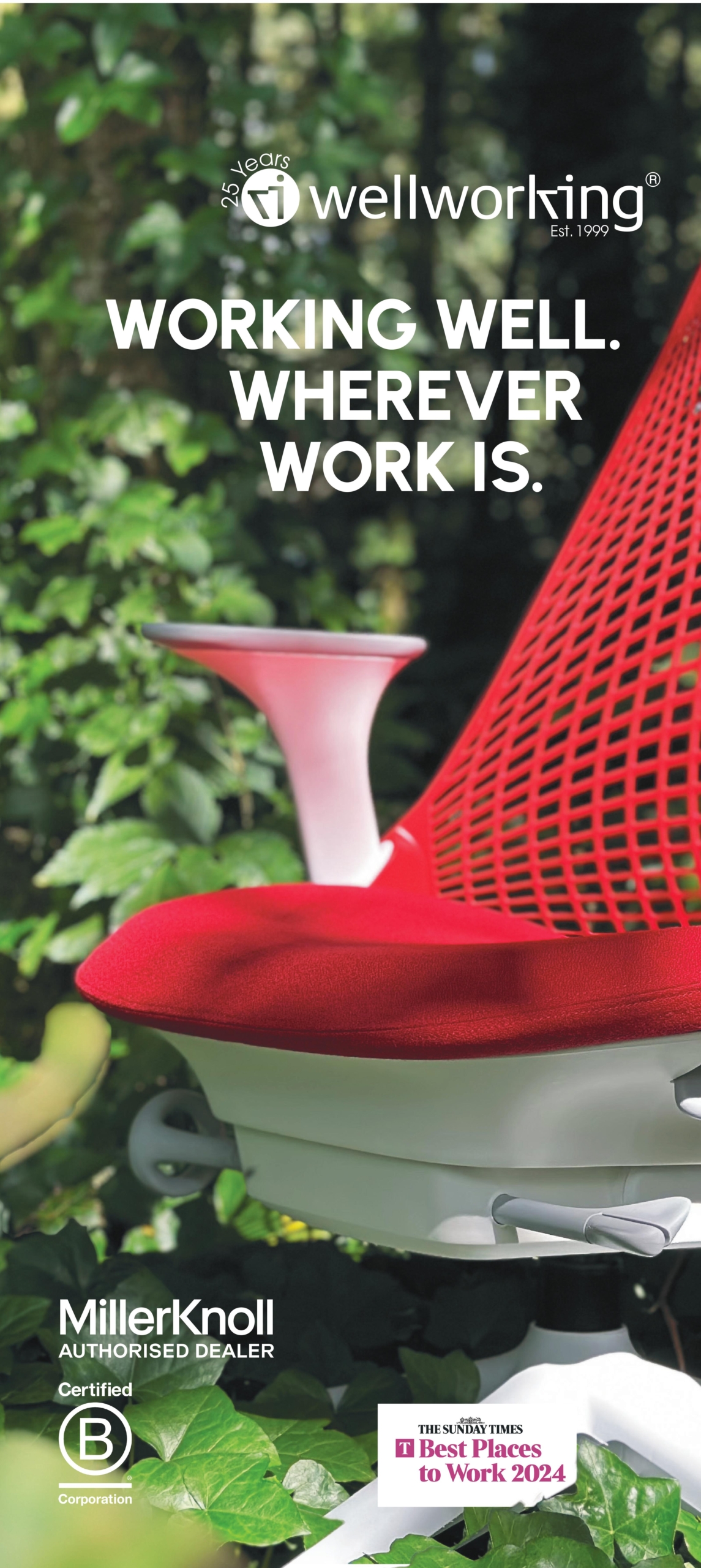


 Despite the fact that a large number of employees continue to be relatively sedentary during their working day, there a growing demand for benefits that could help them achieve a healthier lifestyle, claims new research from Personal Group. More than 40 percent of employees surveyed want health insurance to be added to their workplace benefits programme; more than a third (34 percent) would like their employer to introduce discounted gym memberships, and more than one in four (28 percent) want to have access to rewards linked to physical activity. Almost a quarter (24 percent) want physical health-based incentives, such as interdepartmental step challenges or competitions added to their company-wide benefits programme. However, data shows that 70 percent of those surveyed who sit down to work only get up from their desk or workstation every hour at best, and 38 percent only move every two hours or more. Furthermore, a large proportion of employees eat at their desk or workstation on a regular basis (32 percent) and the majority choose to drive to work (60 percent) over walking (15 percent) or cycling (3.5 percent).
Despite the fact that a large number of employees continue to be relatively sedentary during their working day, there a growing demand for benefits that could help them achieve a healthier lifestyle, claims new research from Personal Group. More than 40 percent of employees surveyed want health insurance to be added to their workplace benefits programme; more than a third (34 percent) would like their employer to introduce discounted gym memberships, and more than one in four (28 percent) want to have access to rewards linked to physical activity. Almost a quarter (24 percent) want physical health-based incentives, such as interdepartmental step challenges or competitions added to their company-wide benefits programme. However, data shows that 70 percent of those surveyed who sit down to work only get up from their desk or workstation every hour at best, and 38 percent only move every two hours or more. Furthermore, a large proportion of employees eat at their desk or workstation on a regular basis (32 percent) and the majority choose to drive to work (60 percent) over walking (15 percent) or cycling (3.5 percent).